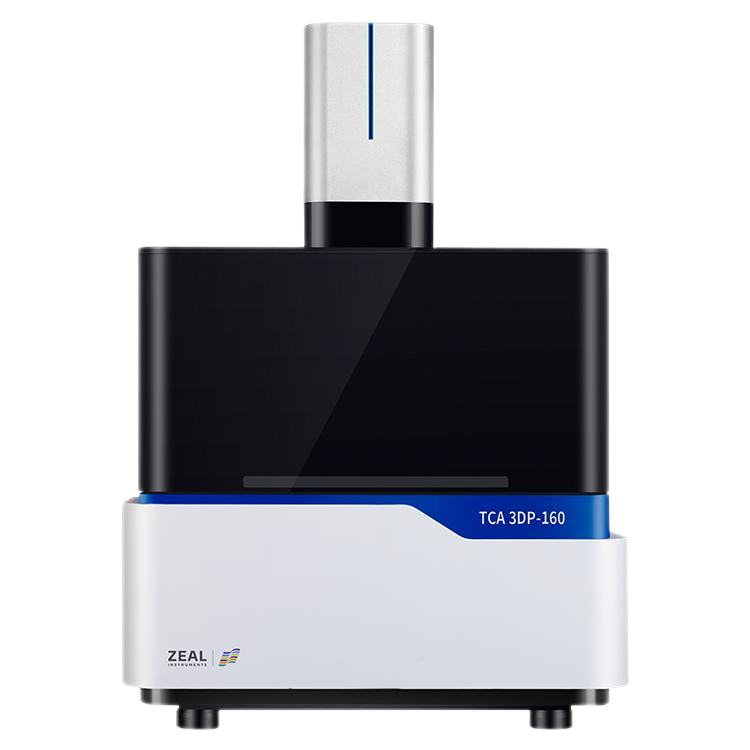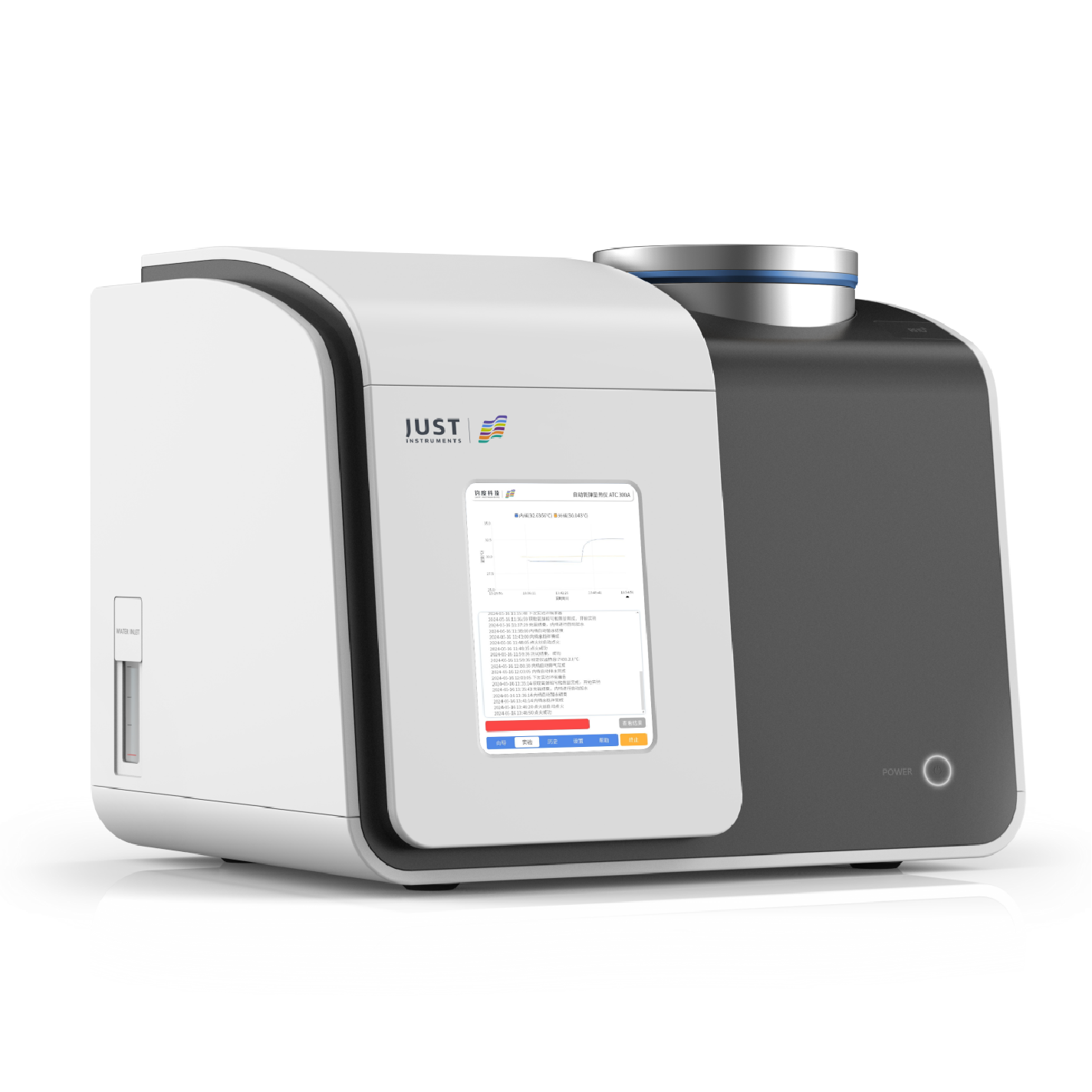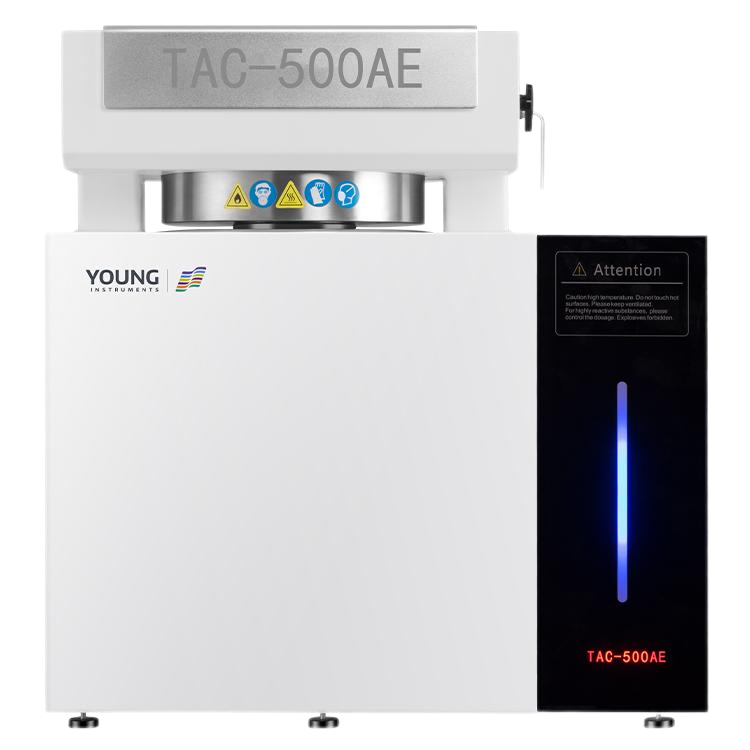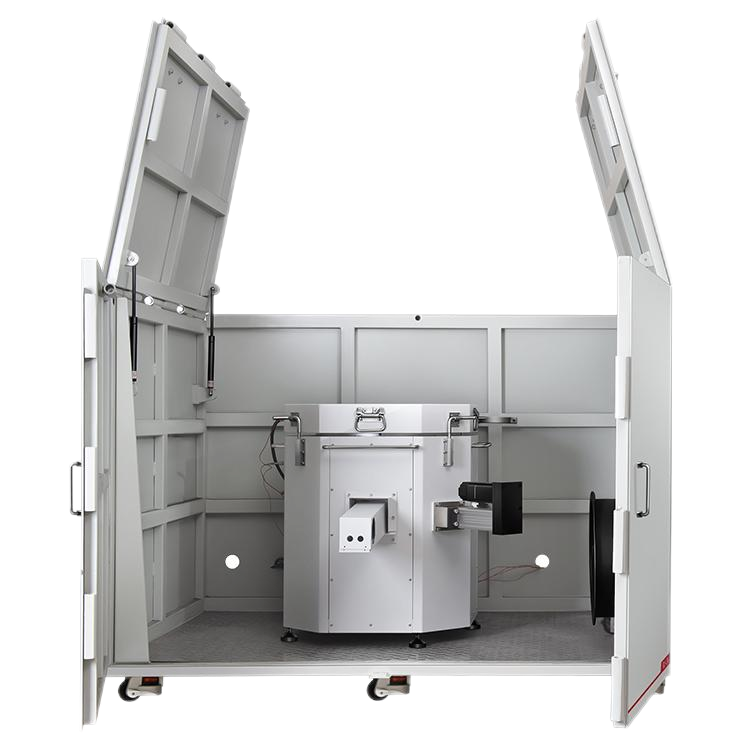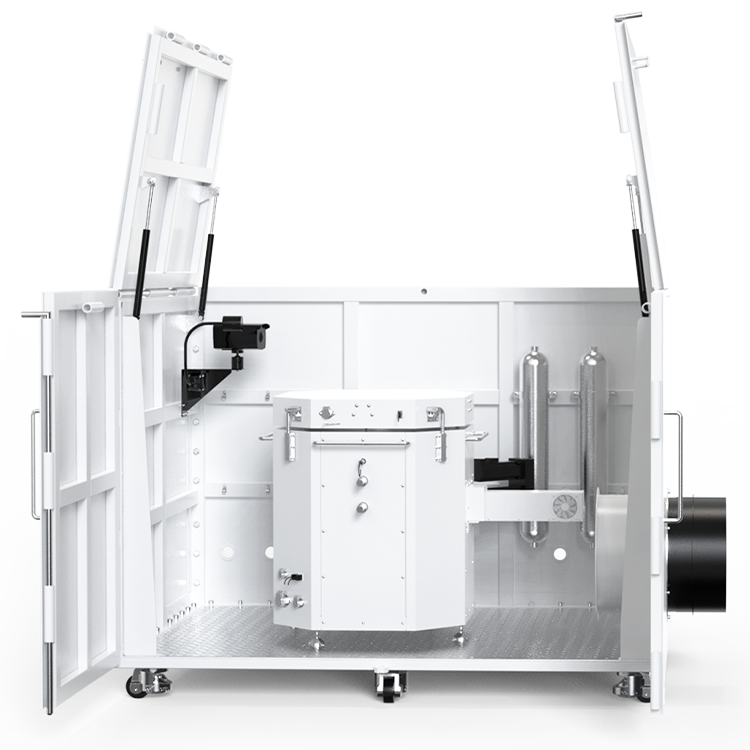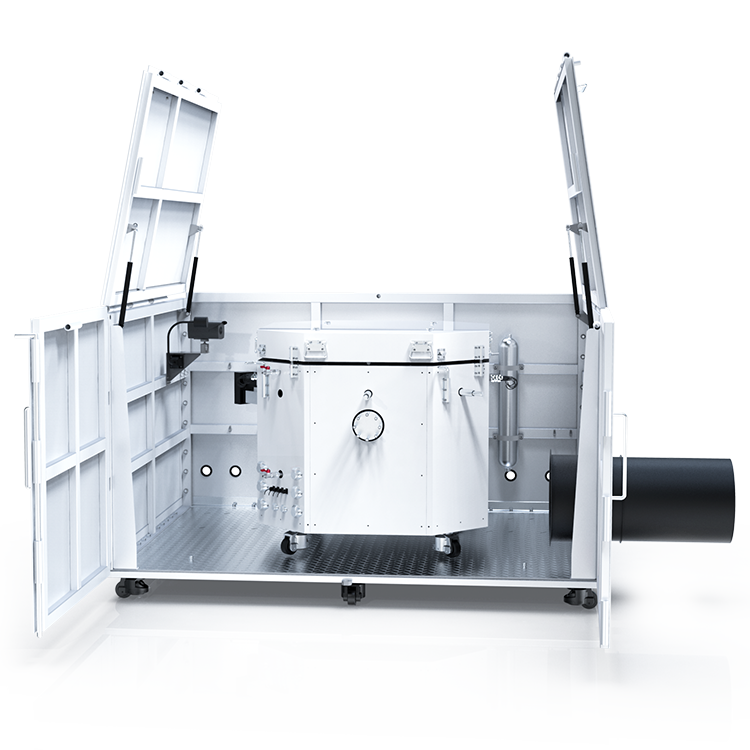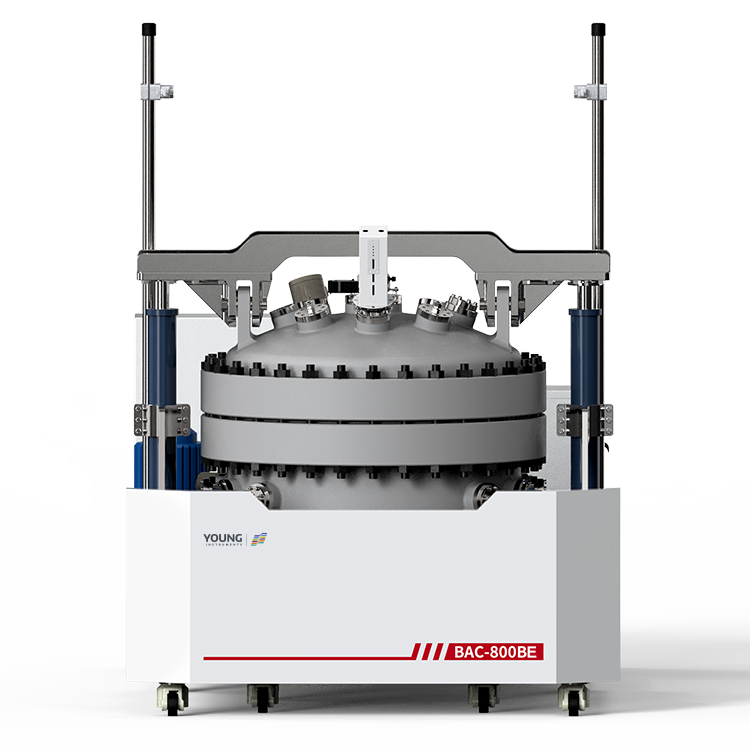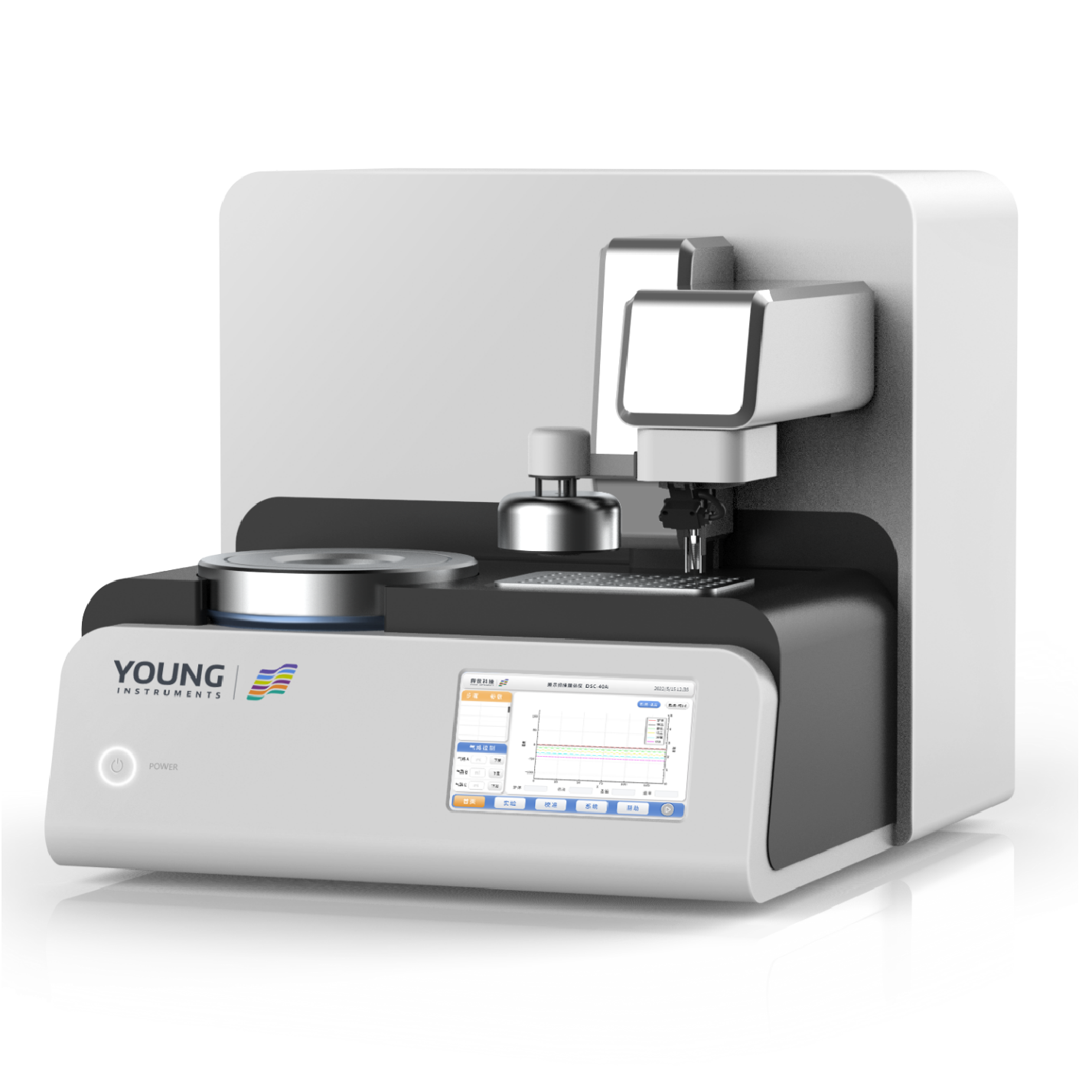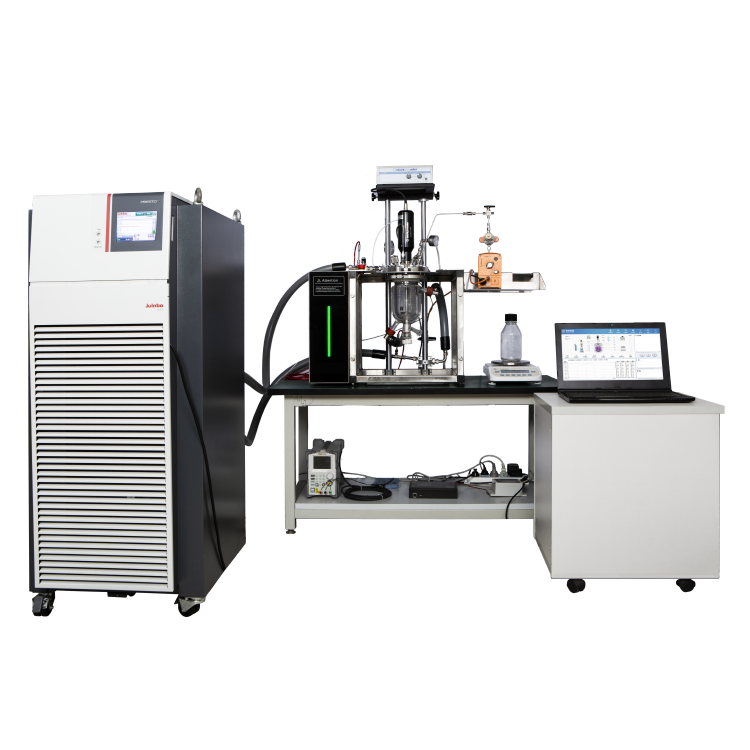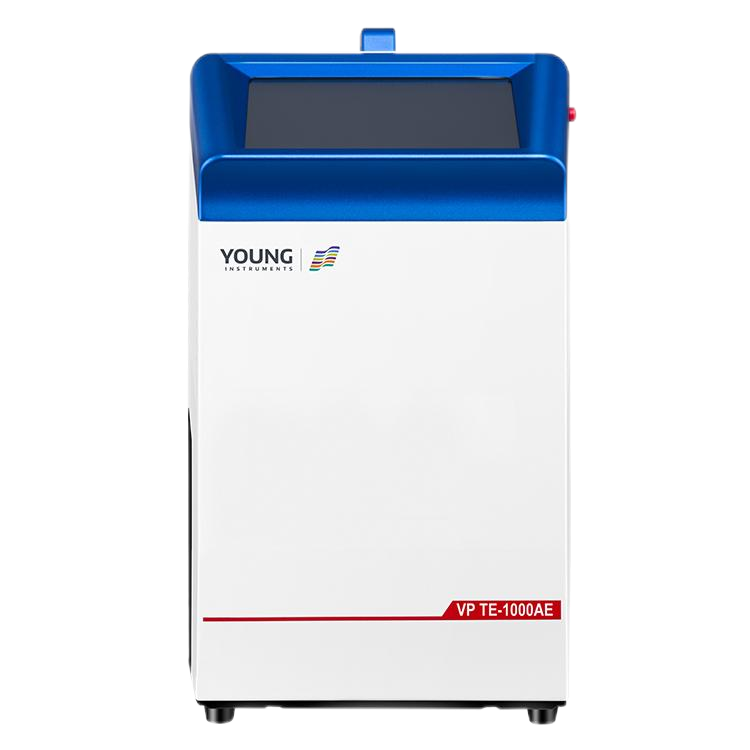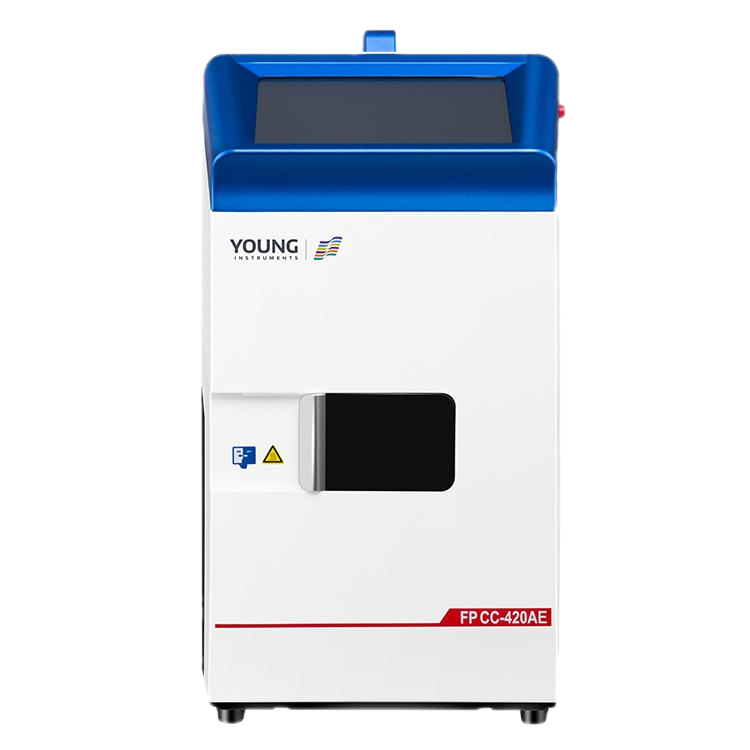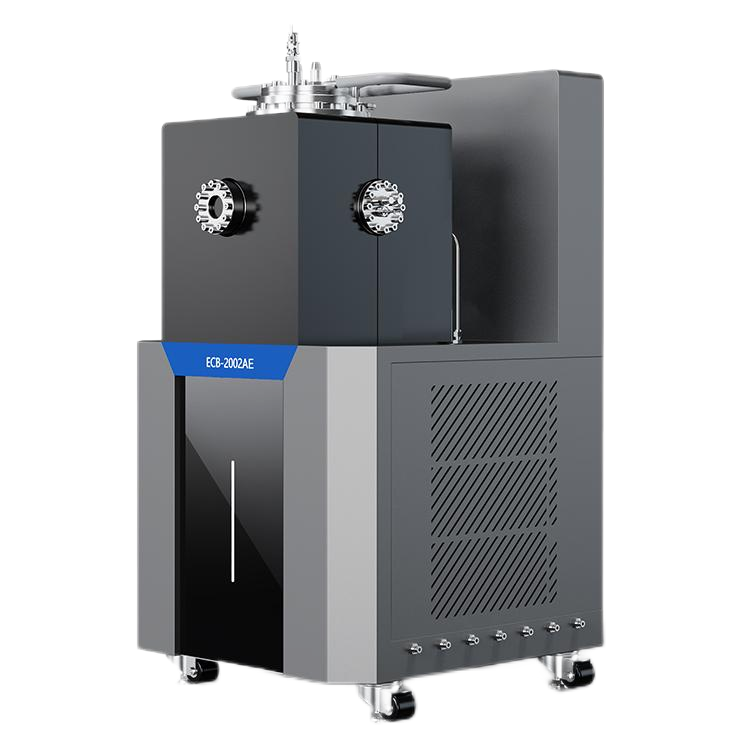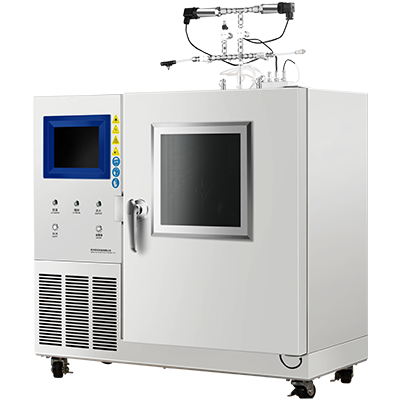How to Make a Calculation of Lithium-Ion Battery Heat Generation
Accurately measuring battery heat is crucial for industries like consumer electronics, automotive, and energy storage. It helps optimize battery design, improve cooling systems, and ensure safety standards. So, how is battery heat measured, and why does it matter for different applications? Let’s explore!
Key Sources of Heat in Lithium-Ion Batteries
Lithium-ion batteries generate heat from several sources, which affect their performance and safety.During charging and discharging, chemical reactions create energy, but some of it turns into heat, occurring naturally with each cycle.
- Ohmic Heat (Qohm): Internal resistance in components like the current collector, separator, and electrodes generates heat as electricity flows through them. Higher resistance leads to more heat.
- Polarization Heat (Qact) : A voltage difference between the resting and working states of the battery causes polarization heat. More polarization results in increased heat.
- Side Reaction Heat (Qsid): Unintended reactions, like electrolyte breakdown or electrode degradation, can produce heat, but usually in small amounts.Excessive heat buildup can negatively impact battery function and safety.
The formula for heat generation is: Q=Qrev+QirQ = Q_{rev} + Q_{ir}Q=Qrev+Qir.This means that the total heat (Q) comes from reversible electrochemical reaction heat (Qrev) and irreversible heat (Qir), which includes ohmic and polarization heat. Side reaction heat is usually too small to be included.
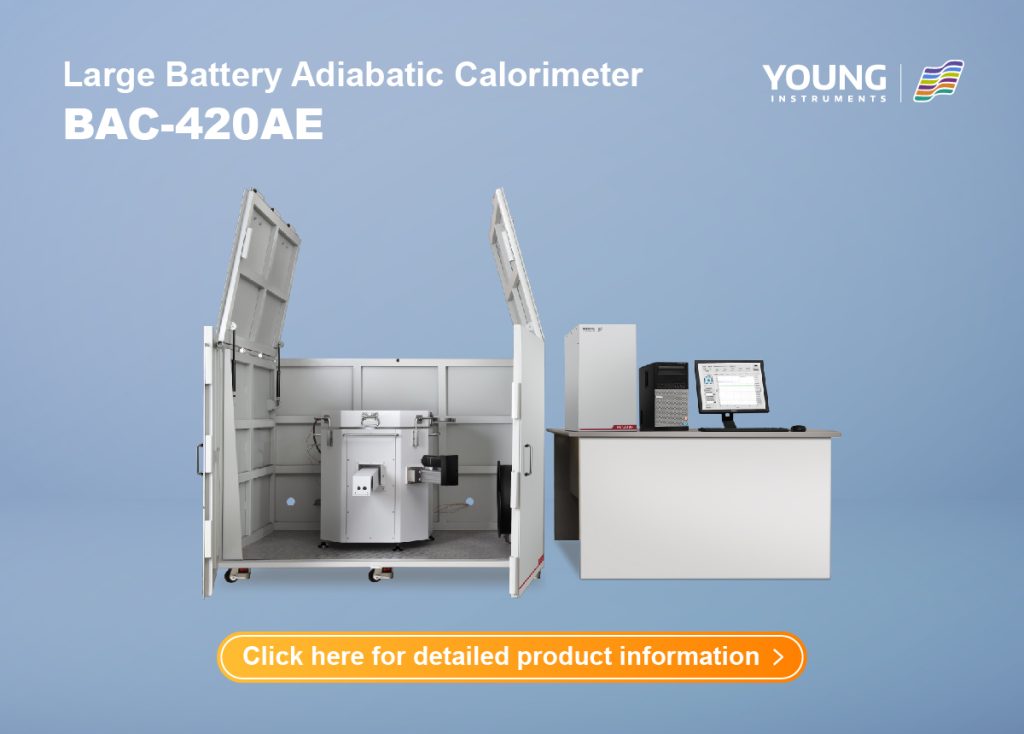
Side reactions happen inside the battery, but they do not produce much heat. Because of this, scientists often ignore them in calculations. Instead, they focus on the main heat sources.
Right now, many studies focus on battery temperature control. Researchers want to make sure that all cells in a battery pack stay at a similar temperature. Most studies use simulations and experiments to find solutions.Some studies focus on how heat spreads inside a single battery. These studies look at heat generation, heat capacity, and thermal resistance. They help in designing better thermal management systems for batteries. Most of these studies use computer models, but there are not many real-world experiments yet.
When scientists simulate battery heat management, accurate heat data is very important. The better the data, the more reliable the simulation results. One way to measure heat generation is by using a battery adiabatic calorimeter. This instrument helps scientists collect precise data about how a battery heats up.
Methods for Measuring Battery Heat Generation
Accurate Battery Heat Measurement with BAC-420AE
Understanding battery heat generation is important for safety and performance. The BAC-420AE Large Battery Adiabatic Calorimeter provides precise thermal data to analyze battery behavior. It operates within a temperature range of RT to 300°C and maintains a temperature difference of less than 0.5°C between the furnace and the sample. With a self-exothermic detection sensitivity of 0.02°C/min to 0.05°C/min, it captures even minor heat changes.
Advanced Thermal Testing and Data Collection
The BAC-420AE combines multiple testing methods, including thermal, electrical, and mechanical abuse testing. It supports visible/infrared imaging, gas collection, and specific heat testing. The system measures key parameters such as battery-specific heat capacity, heat generation during charging and discharging, and adiabatic temperature rise. It also detects thermal runaway initiation temperature and maximum thermal runaway rate, helping researchers understand fire spread mechanisms.
High-Precision Adiabatic Simulation
This device simulates an ideal adiabatic environment, ensuring accurate tracking of thermal runaway onset temperature, maximum temperature rise rate, and adiabatic temperature rise. The temperature tracking rate ranges from 0.02°C/min to 13°C/min, allowing flexible thermal studies. It also collects real-time voltage, current, temperature, and pressure data, enhancing safety analysis.
Integrated Charging and Discharging System
A built-in charging and discharging module enables seamless switching between modes. It supports constant current and constant voltage charging, with adjustable charge/discharge currents. The charge/discharge overcurrent capability ranges from -500A to 500A, allowing realistic battery stress testing. It also calculates real-time battery capacity, improving efficiency.
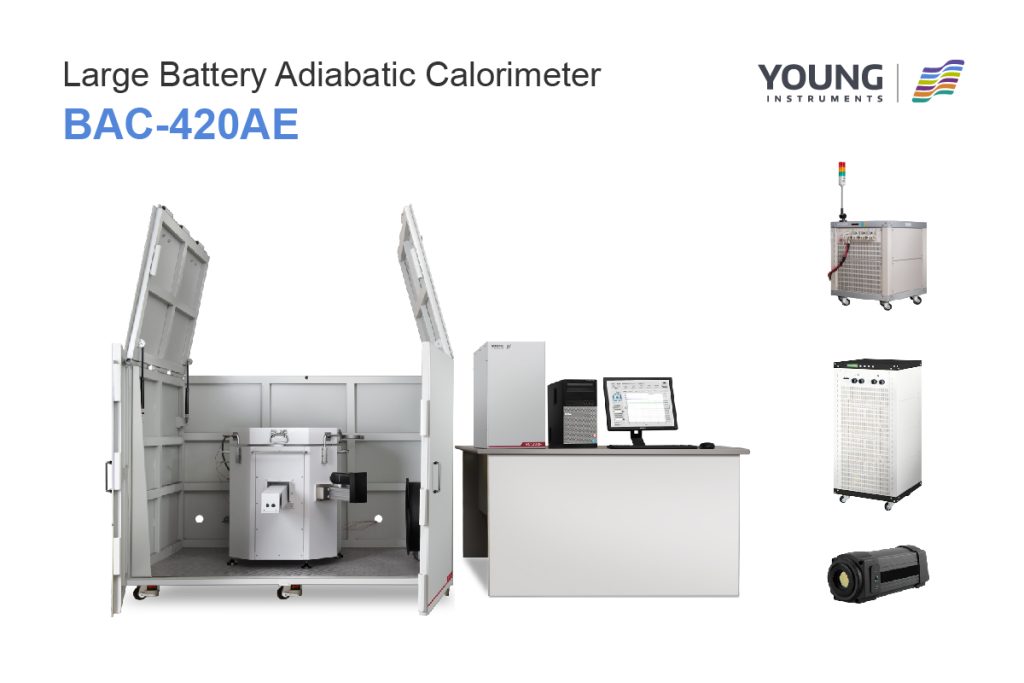
Key Measurement Capabilities
The BAC-420AE provides highly detailed thermal data, including self-heating temperature (T1), thermal runaway trigger temperature (T2), and maximum thermal runaway temperature (T3). It records the average battery temperature rise curve and performs voltage, current, and pressure analysis. With a sealed canister pressure range of 0 to 2MPa and software-adjustable maximum needle travel, it delivers precise and reliable results.
Practical Applications in Battery Thermal Management
Lithium-ion batteries are used in many devices. They power smartphones, laptops, and electric vehicles. When batteries work, they produce heat. If the heat is not managed well, it can cause problems. The battery may not work properly. In some cases, it may even become unsafe. Good thermal management helps batteries stay efficient and safe.
Ensuring Uniform Temperature in Battery Packs
A battery pack contains many individual cells. Each cell generates heat when it operates. If some cells get hotter than others, the pack may not work well. The performance may drop, and the battery may not last long. Uneven heat can also increase the risk of failure.
To solve this, engineers design cooling systems. Some battery packs use liquid cooling. Others use air cooling. Some designs use heat spreaders to move heat away from hot spots. These methods help keep the temperature even. If the temperature stays balanced, the battery works better.
Sensors also help in managing heat. They measure the temperature of each cell. If a cell gets too hot, the system can adjust the cooling. Some systems reduce power to cool down the battery. This prevents overheating and keeps the battery stable.
Preventing Overheating and Thermal Runaway Risks
If a battery gets too hot, it may enter thermal runaway. This means the heat keeps increasing, and the battery may fail. In severe cases, it can catch fire or explode. Preventing this is very important for safety.
One way to stop overheating is to limit charging speed. Fast charging creates more heat. Slowing down charging can reduce the risk. Some systems also stop charging when the battery gets too hot.
Another method is using better materials. Some battery designs include fire-resistant separators. Others use heat-resistant coatings. These materials help prevent overheating.
Battery management systems (BMS) also play a key role. A BMS controls the battery’s voltage and temperature. It can detect problems early. If a battery starts overheating, the BMS can take action. It may slow charging, reduce power, or shut down the battery.
Good thermal management helps batteries last longer. It also makes them safer. With better cooling, sensors, and smart controls, batteries can work efficiently and safely.
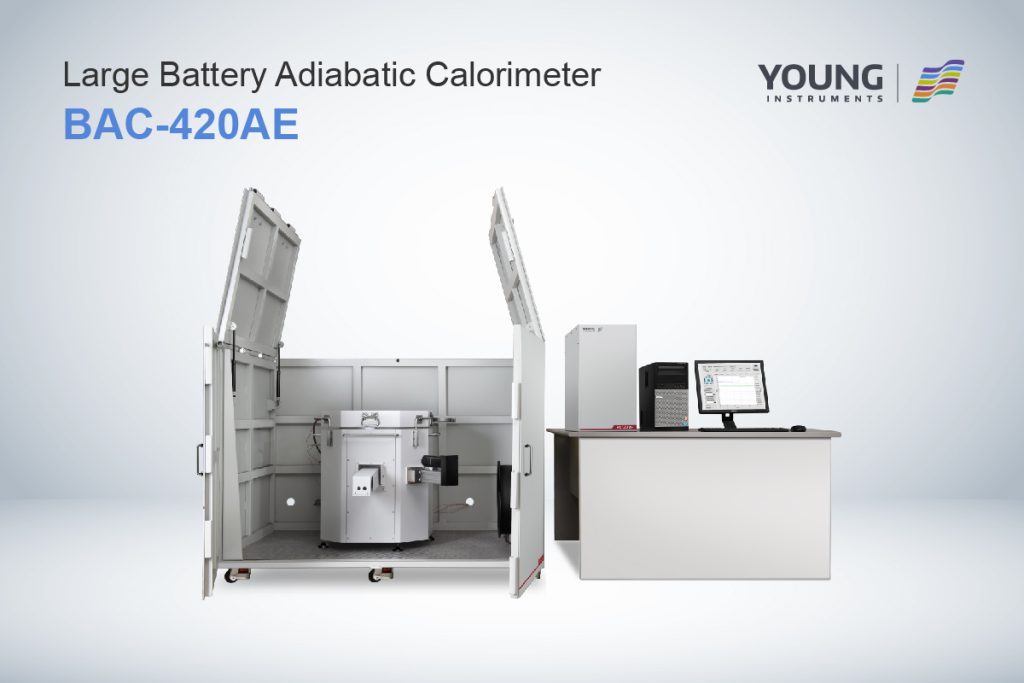
BAC-420AE: The Best Solution for Battery Heat Testing
The BAC-420AE delivers highly accurate battery heat measurements, providing essential data on heat generation, distribution, and safety. It evaluates battery performance under various conditions, ensuring precise thermal analysis.
With its high-precision testing capabilities, the BAC-420AE is the ideal choice for battery safety assessments, performance evaluations, and thermal management research.
For unmatched accuracy in battery heat testing, choose the BAC-420AE today!




